The sand casting process for aluminum is an elementary technique. It fabricates marvelous interior applications from the home to the industrial sectors. The material is liquefied in this procedure and then poured into the mold.
After solidification, the mold cavity outputs the exception part. Sanding casting manufacturing is a legacy but still an impactful mechanism. This is the cost-effective alternative for diecasters compared to other casting works.
Read to learn the sand casting workflow stages, advantages, and limitations.
What is Aluminum Sand Casting?
Aluminum Casting with Sand Mold is the framework in which sand is at the top of the list of mandatory supplies. The chosen material, like aluminum, is converted to liquid in furnaces, crucibles, or other furnaces. It is heated to the optimal temperature to liquefy.
The rendered liquid aluminum is then injected into the mold fabricated via sand molding. After solidification, the metal material forms into the desired shape. Then, the mold is broken to obtain the products.
Sometimes, disasters induce aluminum to be combined with other alloys, such as silicon, to achieve the desired shape with a precise finish.
The aluminum sand casting methodology is a time-honored technique. That dates back more than 2000 years. It effectively manufactures small, medium, or single applications with complex casting and fast cycles.
This procedure flow is widely used in innumerable industries due to its multifunctionality in producing parts with low porosity. These industries include:
- Automotive
- Aerospace
- Mining
- Construction
- Agriculture
- Marine
Types of Sand Casting Procedures for Aluminum
The sand molding process of the aluminum is carried out employing the following two manners:
- Green Sand Casting
- Dry Sand Casting
1. Green Sand Casting
Green sand casting is the cycle in which a composite is initiated to cast aluminum. This mixture includes 90% and 10% clay and sufficient water allocation. The assortment is positioned around the decay to form a pattern.
After the pattern is ended, the mold is released to leave a cavity. The liquefied aluminum is then supplied into this predicament to assemble the expected physique. This practice is inexpensive but needs improvement to construct complex shapes.
2. Dry Sand Casting
The manufacturer prepares the mold pattern by mixing the sand with thermosetting resin. This helps harden the sand to make a stable mold. The meltworkers can control the material properties in this operation. It is also preferable for the fabrication of complex shapes.
Sand Casting Process in 6 Steps
Several manufacturing techniques, including casting, forging, etc., are used to manufacture abundant metallic equipment; however, these modes stand out as the oldest strategies.
Sand casting is extensively utilized in almost every industry. Manufacturers recruit this technique to fabricate jewelry, weapons, machine parts, tools, sculptors, etc.
Following are the 6 basic steps involved in the sand casting of aluminum:
- Step 1: Pattern Creation
- Step 2: Mold Preparation
- Step 3: Melting and Pouring Aluminum
- Step 4: Cooling and Solidification
- Step 5: Mold Removal and Cleaning
- Step 6: Post-Casting Treatments
Step 1: Pattern Creation
Prepping the mold pattern is the inception step in sand-casting. Establishing the replica pattern for the part is a prerequisite for casting. You can develop the structure using wood, plastic, or metal.
The pattern ought to enclose an adequate expanse to permit metal shrinkage throughout solidification. It should be larger than the part casting required. Make sure the dimensions of the pattern are accurate in shape and size.
Step 2: Mold Preparation
Mold preparation required a mold pattern and two halves of boxes. One-half of the box is placed on a surface with mold. After that, the sand is filled evenly into the box. Apply the pressure to tighten the pattern. Then, move the head by inverting the box and inserting the next halves. Repeat the previous step of applying pressure. Removes the box with the help of screws as the pattern is produced.
Step 3: Melting and Pouring Aluminum
After clamping the two wooden halves, pour molten aluminum into the mold through a flask or tool. Pour the fused material quickly to avoid early solidification. That can result in shrinkage or porosity.
Step 4: Cooling and Solidification
Leave the transferred aluminum in the mold briefly to cool and solidify. Make sure the molten metal has become solid. Slodifaction is influenced by the metal’s heat and the cavity’s wall thickness.
Step 5: Mold Removal and Cleaning
Shake out the mold and release the clamps of the wooden halves. Break out the mold to obtain the cast part. After the clamps are extracted, sand becomes loose. For this, rape the sides of the mold by utilizing hammers and tools. To negate a big cloud of sand debris, you should spray just a splash of water on the sand to establish its dampness.
Step 6: Post-Casting Treatments
Clean the part surface by running water or using sanding, polishing, or grinding processes. Dry it to prepare it for post-casting treatments. Remove unwanted part layers or edges of generated products by trimming or machining techniques. Provide them with a surface treatment to extend quality and durability properties.
Advantages of Aluminum Sand Casting
A well-defined sequence of sand-casting aluminum is a more popular technique than other approaches. It can be performed manually or by adopting advanced machinery. This is the easiest way to develop a vast variety of products efficiently. Discover its following benefits:
- Cost-Effectiveness
- Design Flexibility
- Material Flexibility
- Dimensional accuracy
- Surface Finish
Cost-Effectiveness
The progression of sand casting requires little budget, making it the cost-effective choice for manufacturers. This cycle of operations requires cheap components to synthesize the mold pattern, such as sand, clay, wood, etc. It does not require heavy machinery setups and can be done manually.
Design Flexibility
Sanding casting allows die-casters to yield products designed with flexible properties. After pouring the molten metal, the parts instantly take the desired shape.
Material Flexibility
Sand casting is a manufacturing technique for aluminum and diverse metals, including copper, silver, silicon, and magnesium.
Dimensional Accuracy
If the mold pattern is created precisely, the production results will be accurate in the required dimensions. It allows the operators to construct the items in any dimension, even from small to large objects.
Surface Finish
The finishing result of the sand-cast aluminum production implementation is relatively smooth. However, it required further steps to make it glossy or achieve the desired appearance. That involves heating treatments, polishing, machining, etc.
Limitations of Aluminum Sand Casting
- Porosity Issues
- Shrinkage Defects
- Surface Finish Limitations
- Limited Tolerance Levels
Porosity Issues
Molten aluminum is poured into the mold, creating porosity. The presence of air and gas taps in the sand, either on the surface or inside, generates inevitable defects in part performance.
Shrinkage Defects
This technique is usually performed manually and requires skilled labor. The imperfection in the mold pattern and the chances of air holes in the sand may shrink the molten aluminum, generating waste and needing repetition.
Surface Finish Limitations
Surface fish is the primary limitation of sand casting phases. Manufacturers can not produce exceptional-quality products through this step. These parts further undergo the trimming process, sanding, or welding.
Limited Tolerance Levels
Sand die casting possesses lower dimensional accuracy and tighter tolerances as compared to die-casting manufacturing techniques. This can be a drawback for advanced industries where precision is an essential demand.
Quality Control in Aluminum Sand Casting
Manufacturers use diverse techniques to control quality in aluminum sand forming. They visually inspect the results of products. These approaches ensure no cracks, tears, distortions, holes, or voids in the casting. Besides, several techniques are used in the quality control processes, such as:
- Metallurgical Properties Inspection
- Dimension inspections
- Destructive Testing
- Non-Destructive Testing
Metallurgical Properties Inspection
The foundry’s metallurgic lab checks alloy and chemical composition properties. The die-casters ensure that products’ mechanical properties meet the stand requirements, including hardness, tensile strength, yield strength, and load-bearing capability.
Dimension inspections
Metalworkers can measure the dimensions of produced applications through micrometers, thread and plug gauges, and height gauges. The dimensions of products are set according to the casting sector standard and customer specifications.
Destructive Testing
The destructive testing of cast incorporates the inspection of chemical analysis. This development further ensures the elevated temperature tension, stress rupture, corrosion resistance, hardness, and failure analysis.
Non-Destructive Testing
Nondestructive testing is an approach to examining a product’s inner functionality and surface quality. This process involves X-ray testing for the inner inspection of parts, magnetic particle testing, ultrasonic testing, etc. It helps identify leaks, defects, and magnetic particle inspection.
Concussion:
Sand casting of aluminum is a widespread and adept way to fabricate small to large dimensions of applications, from household to machinery parts. It is an economical and more proactive practice than other processes. Manufacturers have been operating this technique for countless years. However, besides its marvelous benefits, it retains some specific deficiencies. That should be regarded while specifying the casting procedure for aluminum undertakings.

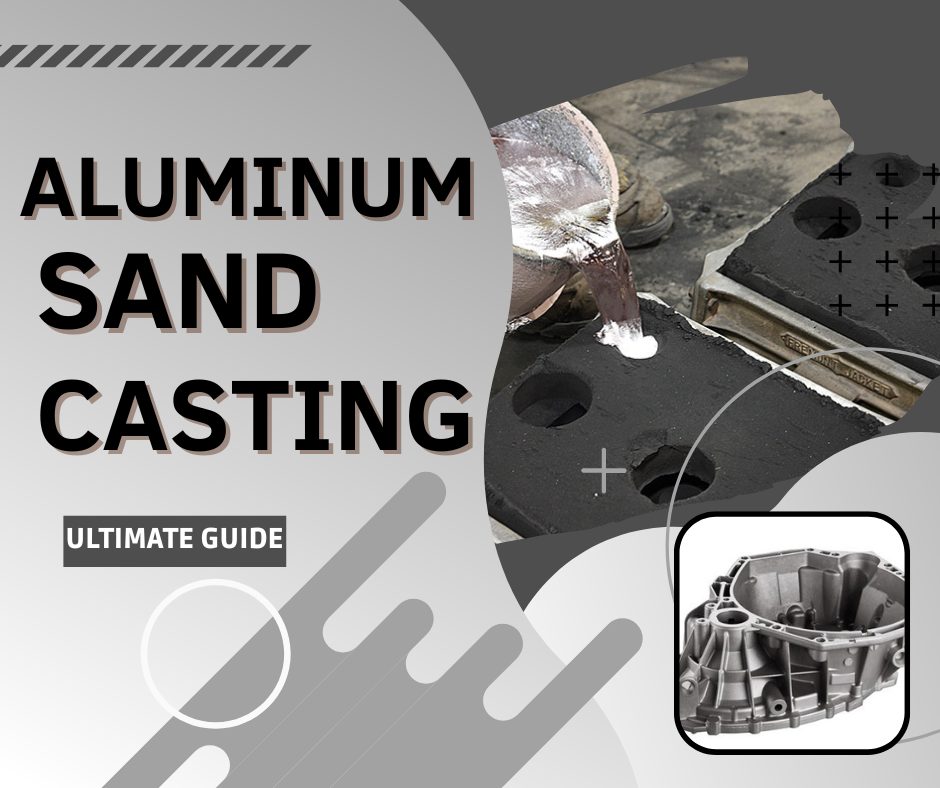
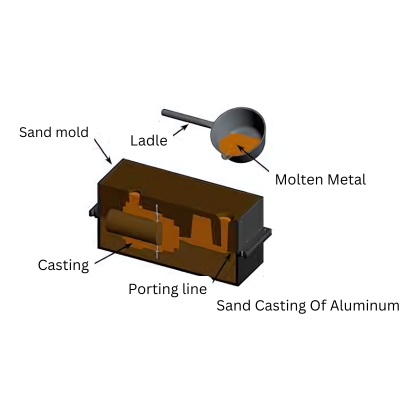



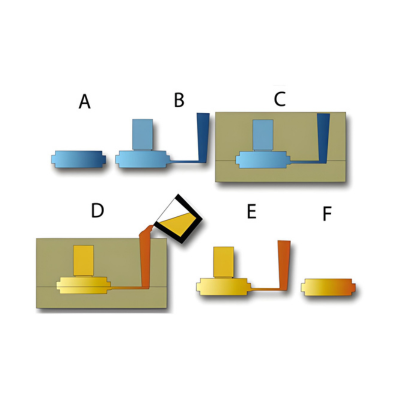
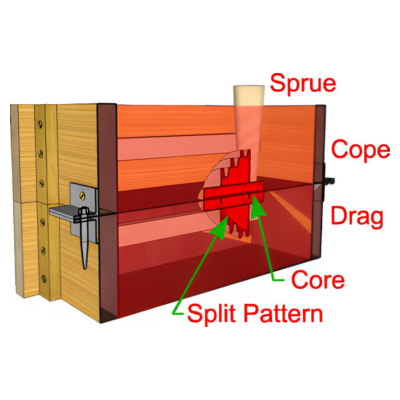
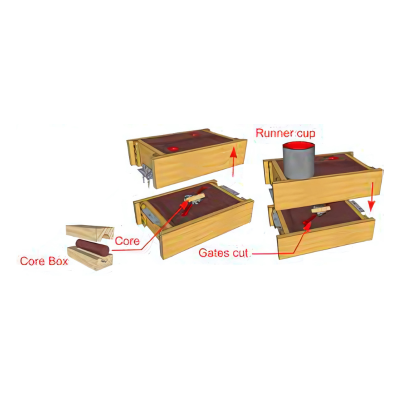
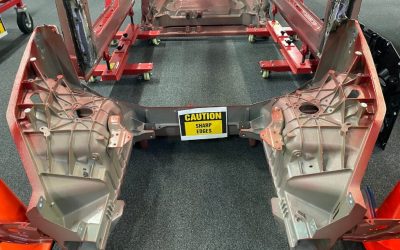
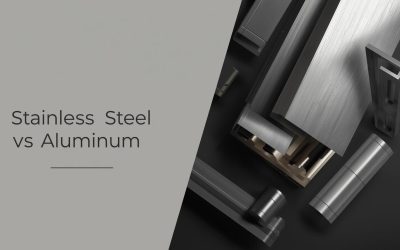

0 Comments